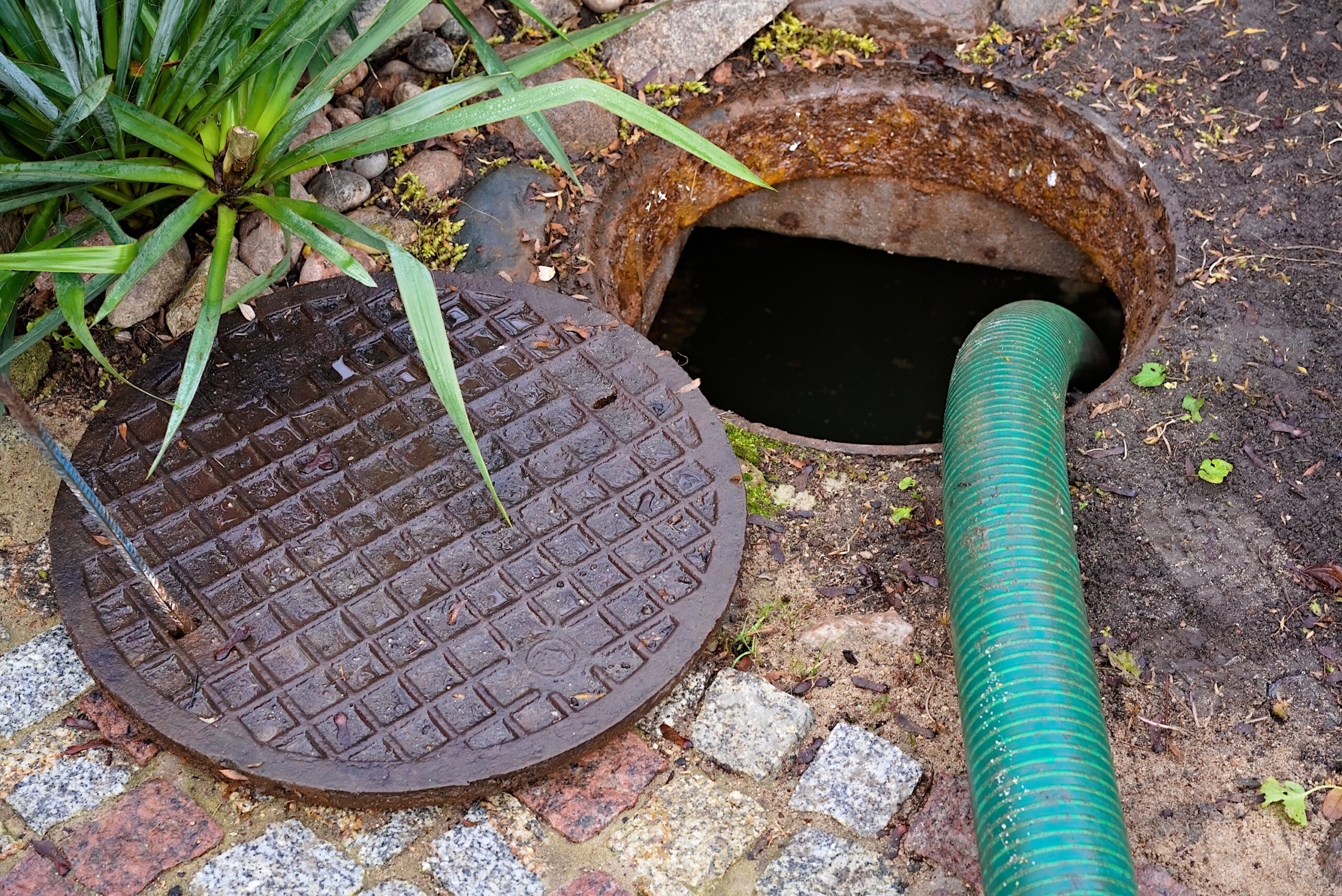When properly maintained, a household septic system can last almost indefinitely. This varies depending upon the original construction method. For instance, steel septic tanks may begin to rust almost immediately and may require remediation or replacement within the first 20 years. Concrete tanks, however, can often exceed 50 years of reliable service and are the preferred type of septic tanks in most areas of the country. Understanding how to maintain and preserve your septic system can provide you with years of trouble-free performance. Here are four tips for extending the life of your septic tank and drainfield.
Install an aerator
One of the most important strategies for remediating failing systems is also a valuable way to increase the longevity of functioning septic tanks and drainfields. By converting your existing anaerobic septic tank into an advanced aerobic septic system, you can increase the efficiency of the decomposition that takes place in your tank. This can provide real help with managing overloaded systems and reducing the solid waste that builds up in the tank. Because more particulate matter is converted and consumed by aerobic bacterial systems, your tank will function more efficiently and will require fewer pumping sessions over the life of your septic system.
Pump when necessary
Failure to pump the tank at regular intervals is one of the most common reasons for ongoing septic tank problems. Over time, even the most efficient system becomes overloaded with inorganic debris and insoluble fats. Regular pumping can remove these materials and allow the tank to perform its decomposition tasks more effectively. This can reduce the incidence of septic system back-ups and slow draining inside your home.
Inspect your distribution box
One of the most critical elements in your septic system is the distribution box that transfers water between the septic tank and the drainfield. Blocked, broken or misplaced pipes can cause standing water around the septic tank, the distribution box itself or in your drainfield area. Checking this box at the first sign of trouble can help you to avoid expensive repairs or replacement costs later. The cost of replacing or repairing pipes leading to and from the distribution box is relatively low, especially when compared with remediation costs if your septic tank backs up into your household plumbing.
Ditch the bleach
Chlorine bleach and other harsh chemicals can play havoc with the beneficial bacteria that live in your septic tank. Be sure to use only chemical cleaning products designed for septic tank systems when performing regular household tasks. These products are usually green-friendly as well, allowing you to do your part for the environment while increasing the life expectancy of your home septic system.
Maintained properly, your septic system can provide reliable waste disposal for your home for many years to come. By incorporating these tips into your regular household maintenance routines, you can avoid expensive replacement costs and enjoy trouble-free service from your home septic tank and drainfield.











